RIP FaceID, Hello Palm Recognition: How Veins In Your Palm Are The Next Biometric Boom
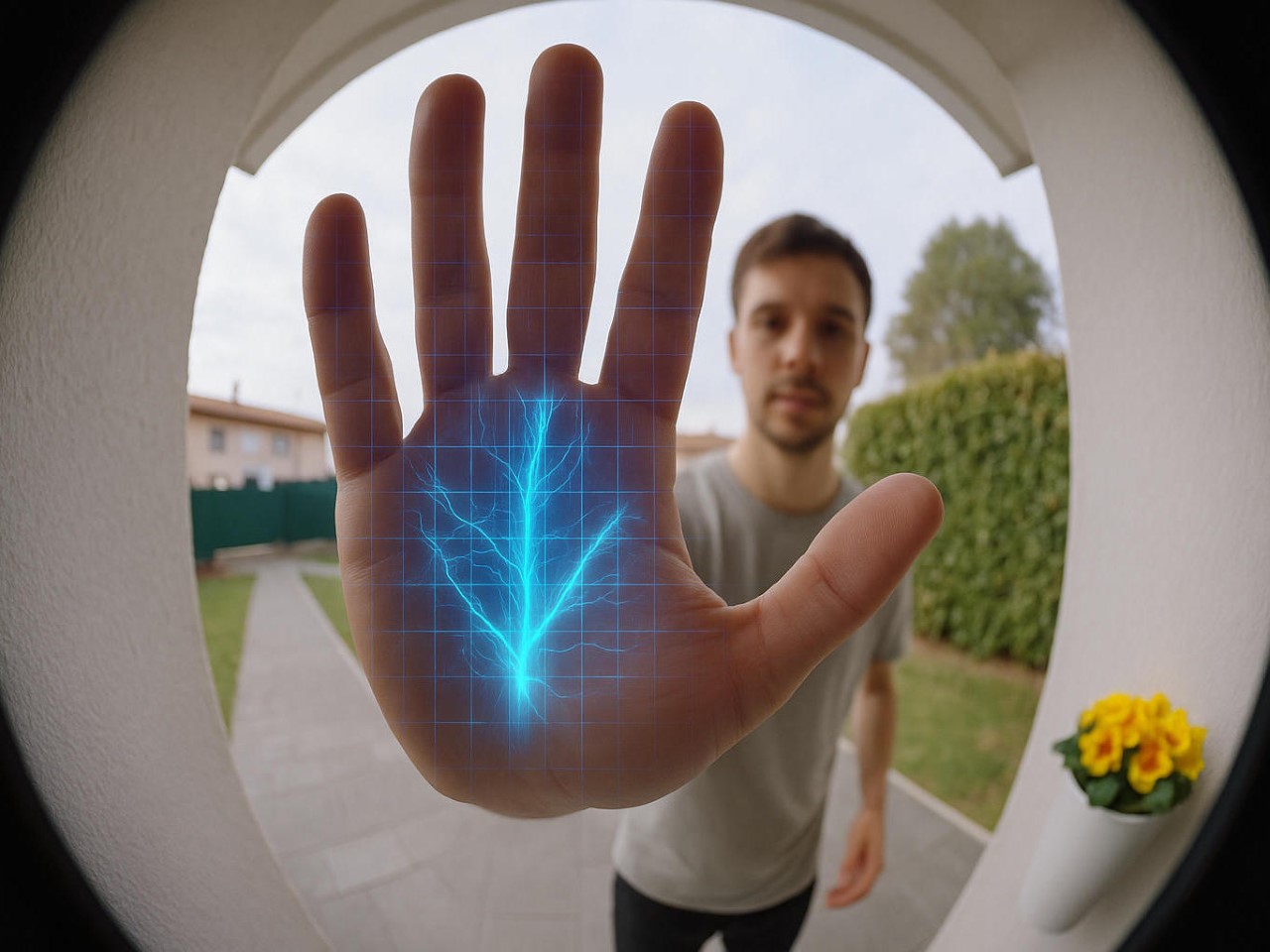
Table of Contents

For years, unlocking your devices felt like a tug-of-war between convenience and security. Face recognition stumbled if you wore sunglasses. Fingerprint scanners balked when your hands were sweaty or greasy. Passwords? A relic, and an insecure one at that. Yet here we are, watching palm recognition quietly outmaneuver every other biometric tech on the block. No flashy marketing blitz. No grand promises. Just a stealthy revolution that feels almost too good to be true.
Two products recently caught my eye – both harnessing palm biometrics to astonishing effect. One was a smart video doorbell called the Lockin Veno Pro, the other, a POS-style authentication device from AliPay. Both are eerily fast, devastatingly accurate, and probably most importantly, contact-free. How do they work? Well, the TL;DR of it is – instead of scanning your face (which can be spoofed) or fingerprints (which can be copied), these systems scan the ‘pattern’ of the veins running inside your palm – something that’s unique to you, and absolutely can’t be faked.
How Palm Recognition Works: The Veins Have It
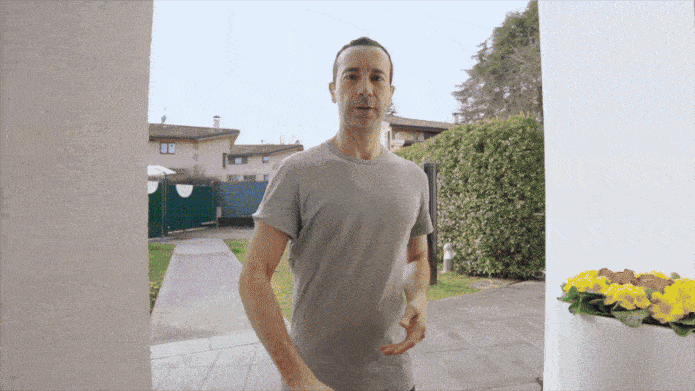

Palm recognition doesn’t just skim the surface the way fingerprint scanners do. It dives deeper, literally, mapping out the intricate vein patterns that run underneath your skin. Unlike facial recognition, which relies heavily on external features that can be masked, altered, or spoofed (facial recognition also has a fairly high error rate – i.e., twins), palm vein patterns are virtually immutable. They’re established early in life, remain consistent over time, and sit safely hidden beneath the skin’s surface, making forgery exponentially harder.
The hardware involved usually consists of near-infrared (NIR) sensors paired with high-resolution cameras. NIR light penetrates the skin and highlights the hemoglobin in your veins, creating a unique, high-contrast map. Combined with palm geometry (shape, size, fingerprint texture), the resulting biometric signature is like a multi-layered password that you literally carry in your hand. And the numbers back it up – authentication accuracy rates often exceed 99.99%, with false acceptance rates (FAR) as low as 0.00008%, based on Fujitsu’s and Amazon’s published tech specs.
On a technical level, it’s utterly brilliant. On a human level, it feels almost like science fiction sliding naturally into daily life. Hover your hand over a sensor, and *beep* you’re in. No contact, no fuss, no need to adjust your posture like a mannequin posing for a face scan.
Why It’s Winning: Frictionless, Foolproof, and COVID-Proof
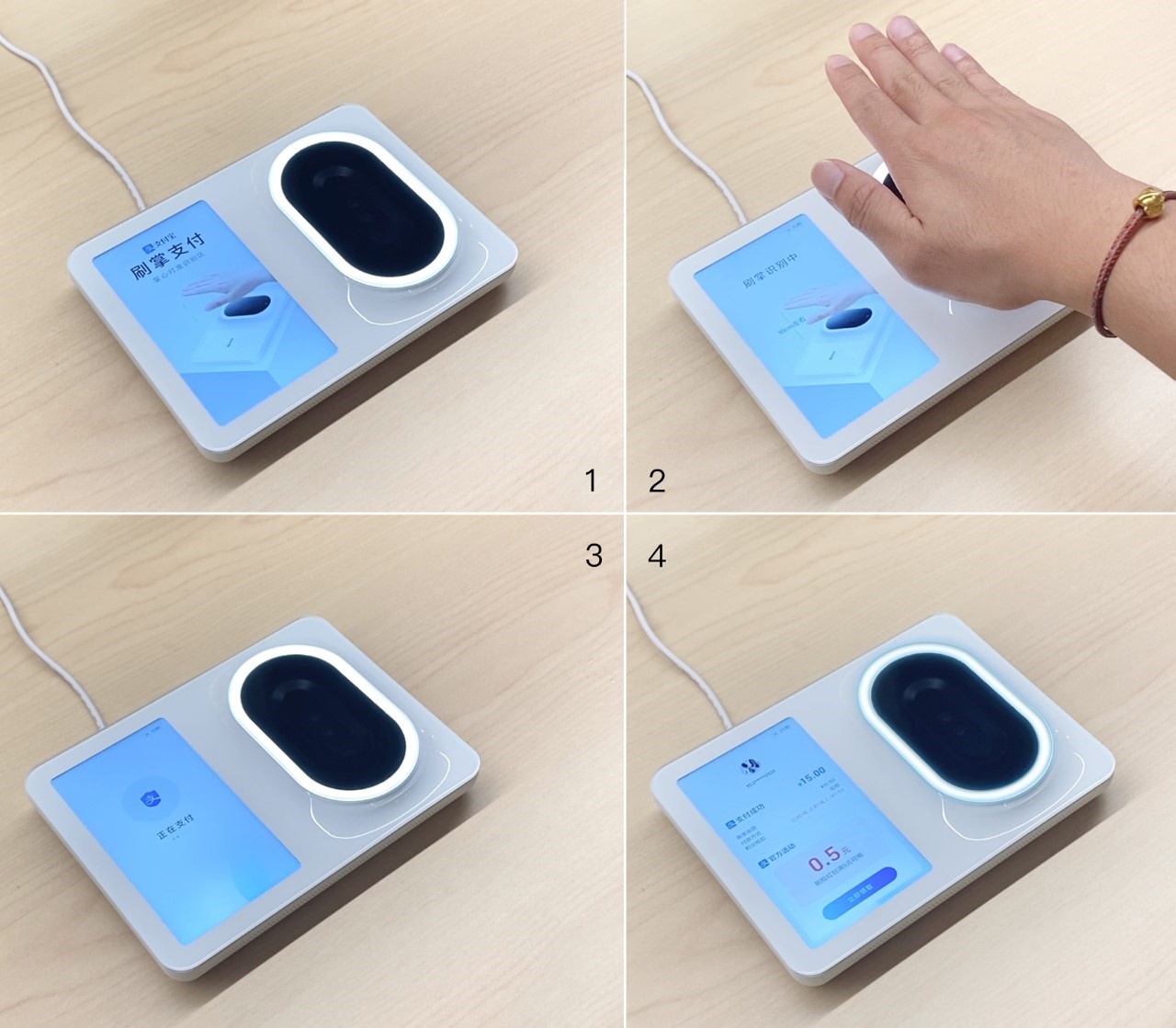

Speed is king in the world of consumer tech, and palm recognition delivers with sub-second authentication speeds. Huawei’s new smart doorbell demo showed a recognition time of about 0.3 seconds – faster than a facial scan and certainly faster than fumbling with a keypad. Even if you’re wearing a motorcycle helmet or an N95 mask, the system doesn’t care. Your palm is enough.
From a security standpoint, palm biometrics offer a triple threat: hidden patterns (veins), surface textures (fingerprints), and overall geometry (hand shape). Trying to spoof all three simultaneously would require not just a lifelike mold but one with the internal vascular structure intact, an order of magnitude harder than faking a fingerprint with gelatin.
And then there’s hygiene. Post-pandemic, “contactless” went from nice-to-have to absolutely mandatory in consumer tech. Palm recognition hits the sweet spot between maximum security and zero-touch UX. You don’t need to touch grimy surfaces, reducing germ transmission. The psychological friction – the subconscious “ick” factor of using shared touchpoints – simply vanishes.
Where It’s Already Showing Up: From POS Systems to Front Doors
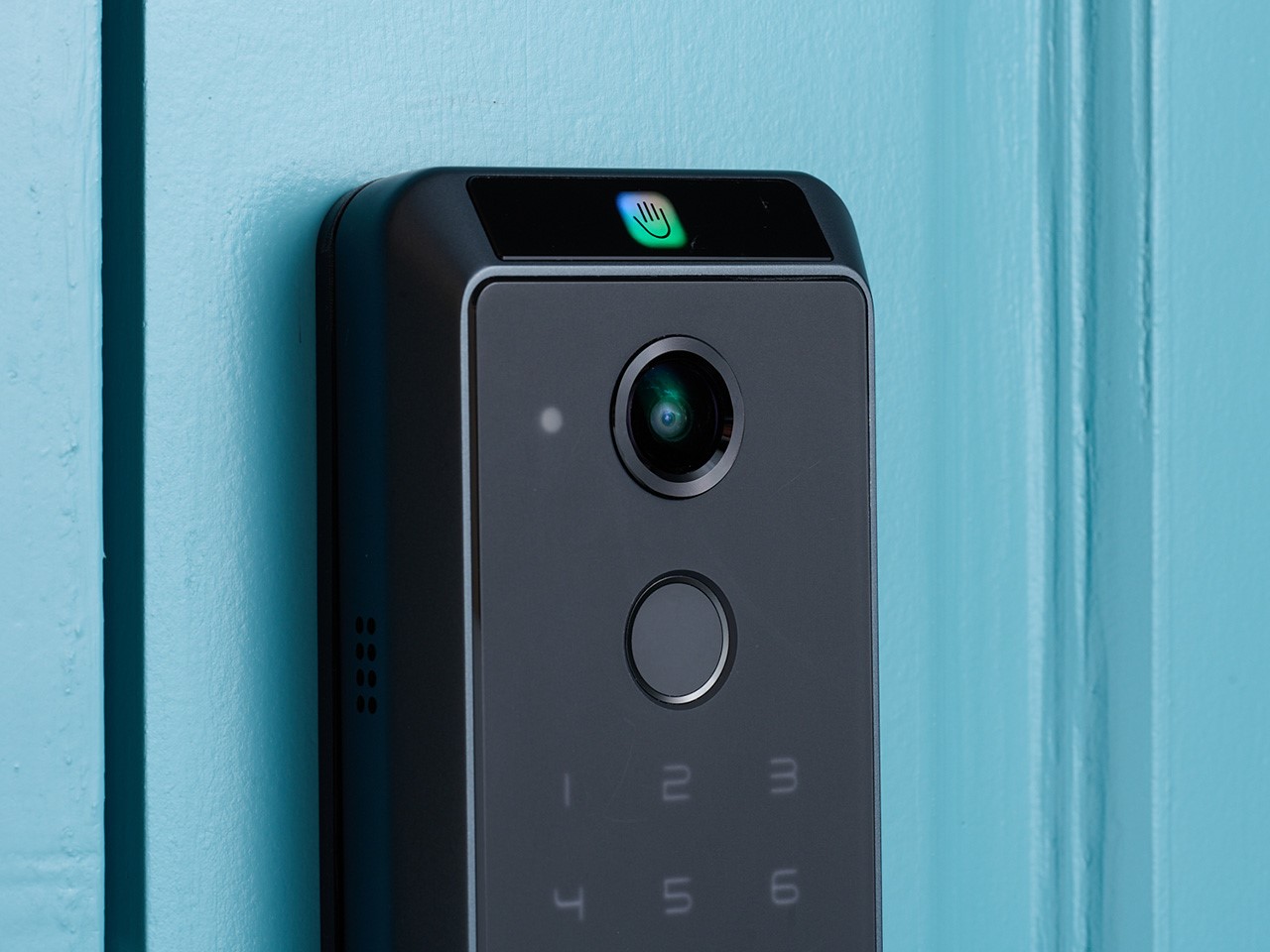

Lockin Veno Pro’s palm vein recognition system
Lockin’s Veno Pro wasn’t some moonshot prototype. It’s real, shipping, and designed for mass-market adoption. The system lets homeowners register their palm signatures so that trusted users – family and friends – can unlock the front door with a simple wave. No key fumbling, no password sharing, no ugly keypads bolted to the wall.
Amazon, too, is betting big on palm biometrics with its Amazon One platform. Deployed in Whole Foods stores and stadiums, the tech lets customers pay for groceries or event tickets with a hover of the hand. Again, no wallets, no phones, no QR codes.
Even smartphones are beginning to toy with palm scanning as an alternative or supplement to face and fingerprint unlocks. Though not yet mainstream, the conversation is heating up fast among mobile OEMs who recognize that future-proof authentication needs to account for masks, hats, helmets, and, frankly, human laziness.
The real kicker? Once trained, palm recognition systems tend to outperform facial systems in low-light conditions and are less sensitive to age-related changes. Your hand at 70 looks, for authentication purposes, almost identical to your hand at 20.
The Few Flaws: Gloves, Injuries, and Public Perception
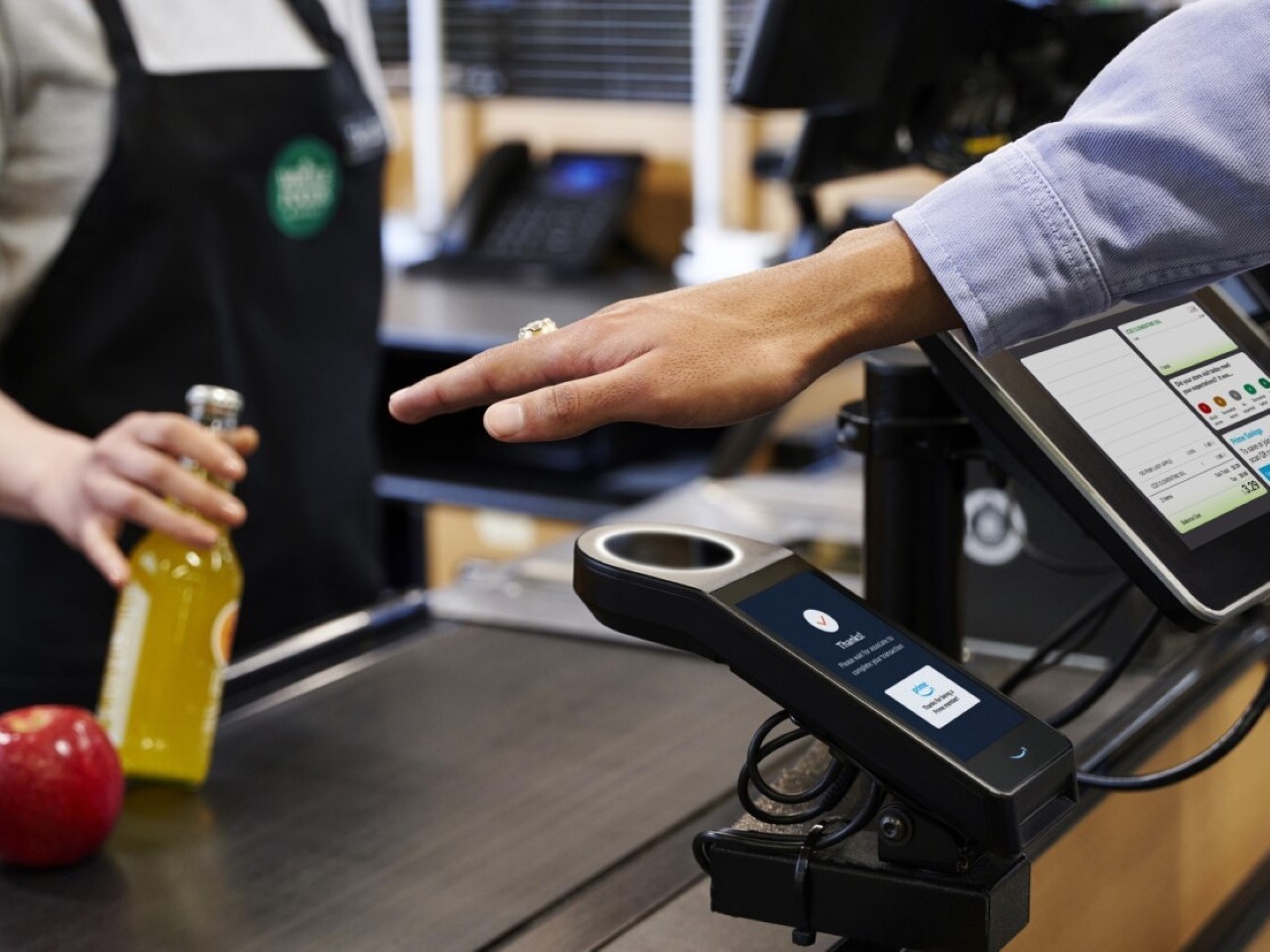

Amazon One’s palm recognition being used to authenticate purchases
Nothing’s perfect. While palm recognition shines in most scenarios, it does stumble occasionally. If you’re wearing winter mittens, motorcycle gloves, or surgical gloves, the system is dead on arrival. And while minor cuts or calluses won’t throw it off, major injuries, burns, or medical conditions that alter vein structure could affect performance.
Another hurdle is cultural. Hand scanning still carries a whiff of “corporate security” to it, thanks to its long-standing use in high-security environments like labs and airports. For mass consumer acceptance, companies will need to shed that clinical vibe and make palm scanning feel warm, intuitive, even joyful.
There’s also the issue of privacy. Consumers are rightly wary of giving tech giants access to one more piece of their biological identity. Vein patterns are even more immutable than fingerprints – once stolen, they can’t be “reset” like a password. Ensuring that palm data stays encrypted, anonymized, and device-bound (i.e., not uploaded to central servers) will be crucial for trust.
What’s Next: The Invisible Key to Everything?
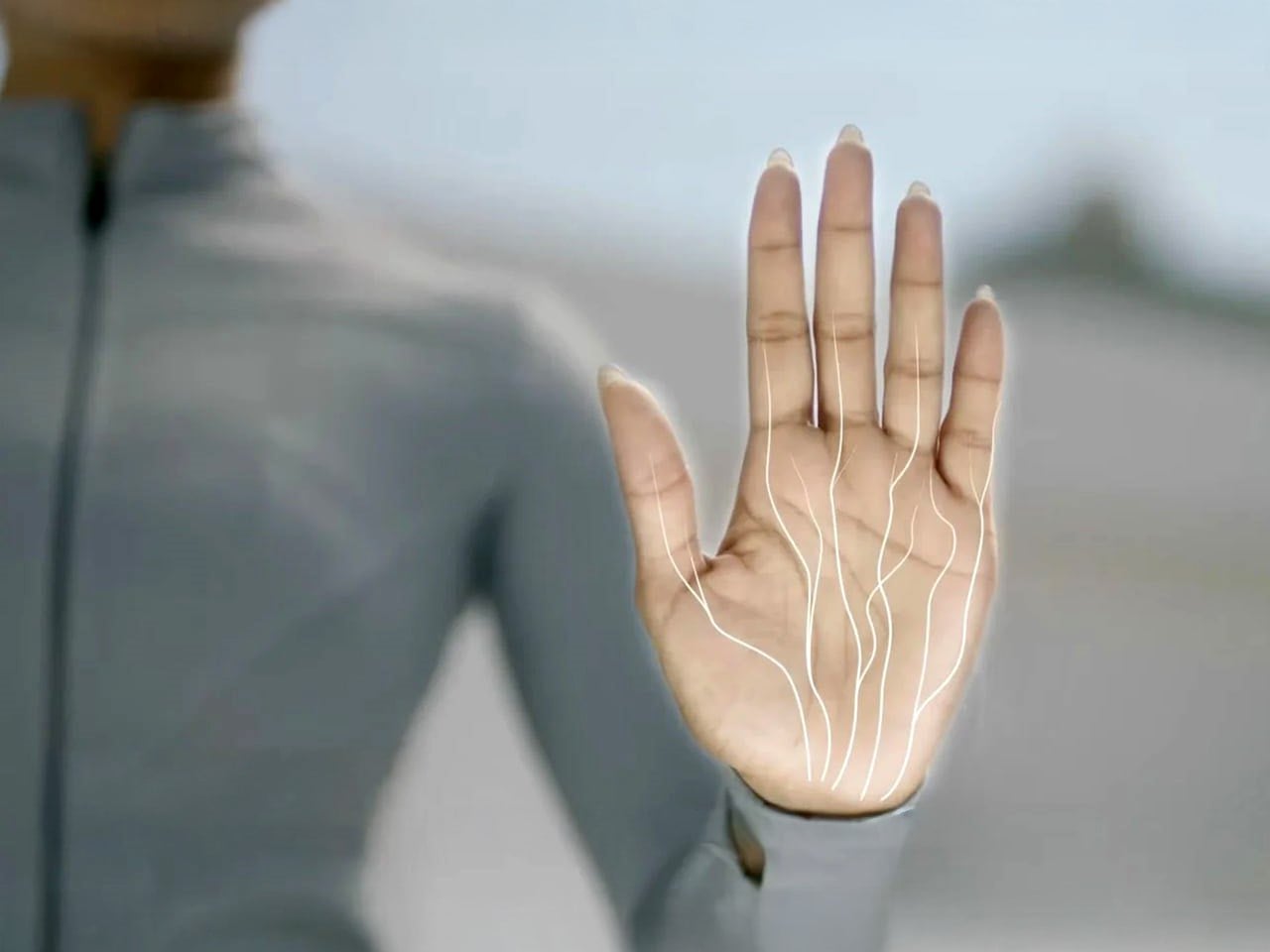

Imagine a future where you can unlock your car, access your office, check into your hotel, pay for your coffee, and sign into your laptop without ever touching a device or revealing a password. Your hand, something you’ve carried effortlessly your whole life, becomes the universal credential.
Tech trends suggest that multi-modal biometrics will dominate the future – combinations of face, voice, and palm, dynamically weighted based on context. Your phone might prefer facial recognition when you’re casually browsing at home, but shift to palm scanning when you’re masked up on a city subway. Just make sure to wave your palm discreetly rather than openly doing a certain ‘Roman salute’.
Palm recognition fits beautifully into that landscape because it’s discreet, flexible, and ridiculously hard to fake. As machine learning algorithms sharpen and sensor hardware gets smaller and cheaper, we could see palm authentication tucked into wearables, laptops, car dashboards, and even public kiosks within the next three years.
Sarang Sheth
If you liked the article, do not forget to share it with your friends. Follow us on Google News too, click on the star and choose us from your favorites.
If you want to read more like this article, you can visit our Technology category.
